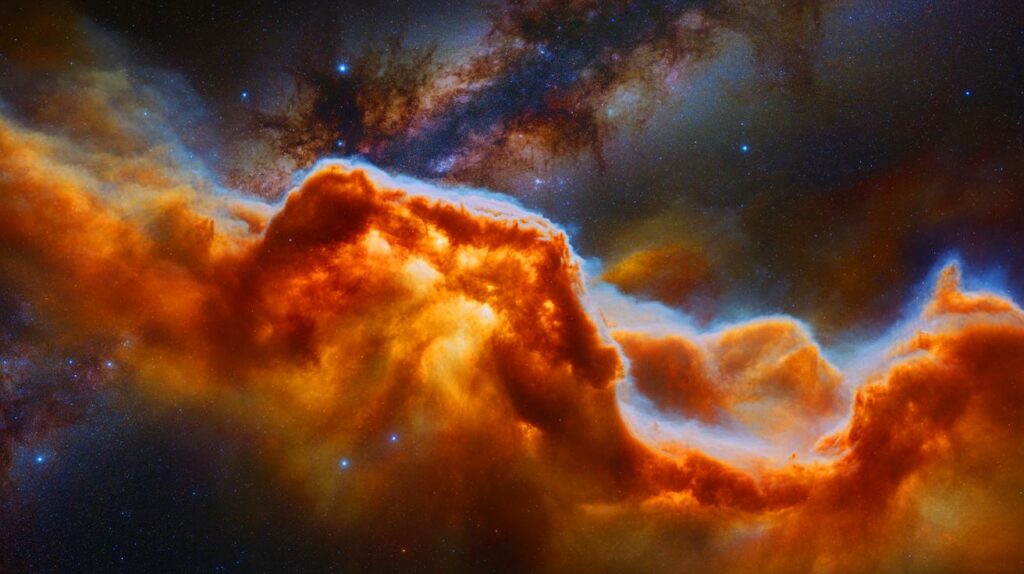Astronomers have discovered a massive molecular cloud, named M4.7-0.8, within the Milky Way, located about 23,000 light years away and weighing as much as 160,000 suns. This finding, facilitated by the Green Bank Telescope, is crucial for understanding star formation and galaxy evolution.
M4.7-0.8, with a cold dust temperature of 20 Kelvin, showcases dynamic structures called “nexus” and “filament,” indicating active processes within the cloud. It also contains potential star-forming zones, Knot B and Knot E, prompting further investigation into their structures.
Giant molecular clouds (GMCs) like M4.7-0.8 are essential for star formation due to their high density and low temperatures. Studying their properties can provide insights into the evolution of galaxies, including our Milky Way. Future observations promise to enhance our understanding of the mechanisms behind star formation and the lifecycle of galaxies, revealing secrets about the universe’s formation and progress.
Source link


